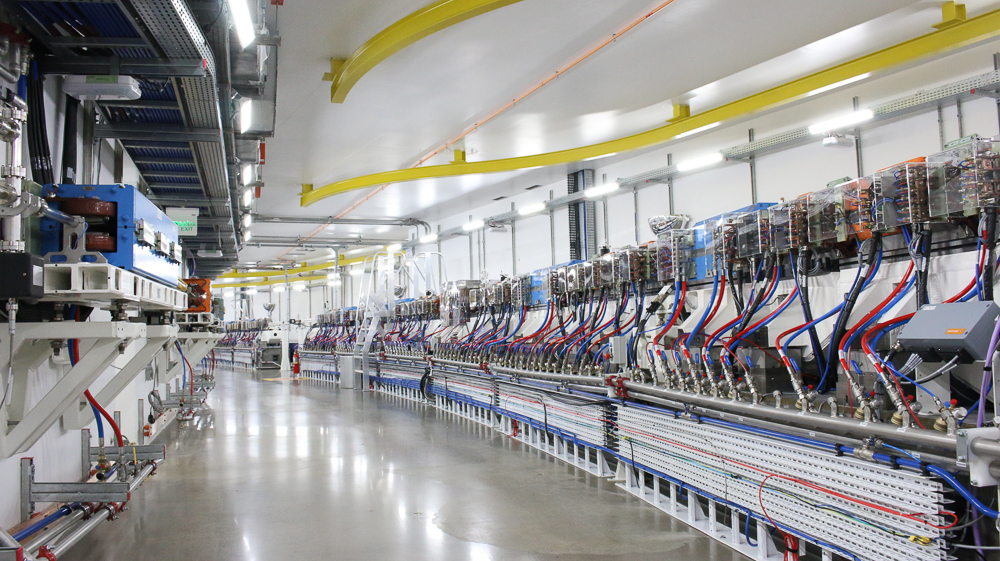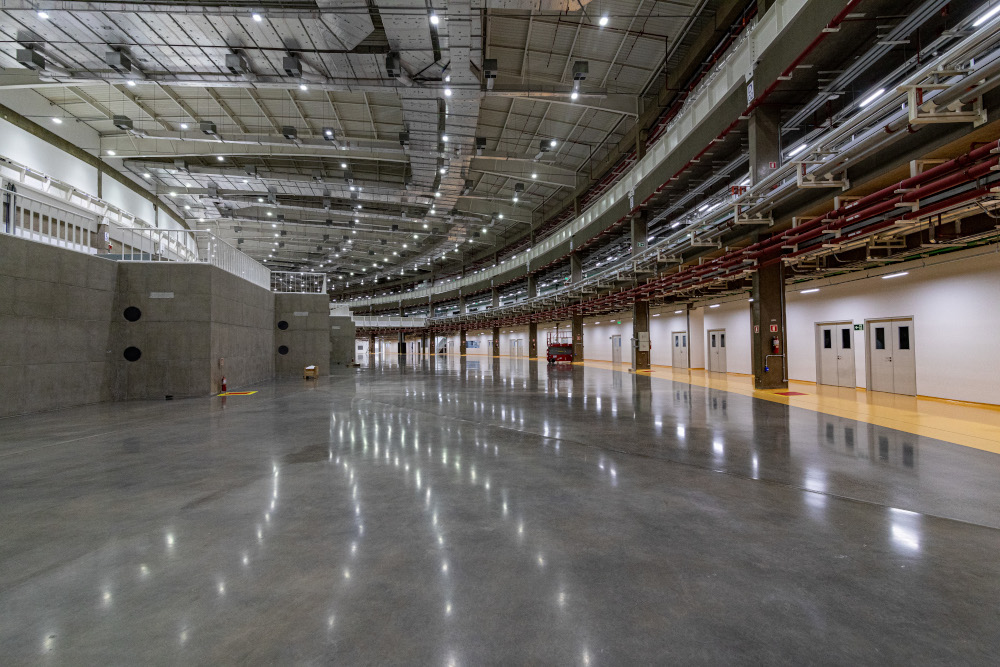Sirius, the new Brazilian synchrotron light source, is the largest and most complex scientific infrastructure ever built in Brazil. This large equipment uses particle accelerators to produce a special type of light called synchrotron light, which is used to investigate the composition and structure of matter in its most varied forms, with applications in practically all areas of knowledge.
Sirius is an open infrastructure, available to the Brazilian and international scientific community, developed at the Brazilian Center for Research in Energy and Materials (CNPEM) – a private non-profit organization under the supervision of the Brazilian Ministry of Science, Technology, and Innovations (MCTI). Sirius is funded by MCTI and designed by CNPEM researchers and engineers, in partnership with the Brazilian industry.
Sirius allows hundreds of academic and industrial research projects to be carried out annually, by thousands of researchers, contributing to the solution of great scientific and technological challenges, such as new drugs and treatments for diseases, new fertilizers, more resistant and adaptable plant species and new technologies for agriculture, renewable energy sources, among many other potential applications, with profound economic and social impacts.
Below, we present some of the challenges involved in the development of this infrastructure, that inaugurates a new chapter in the history of Brazilian science, bringing benefits to the society.












